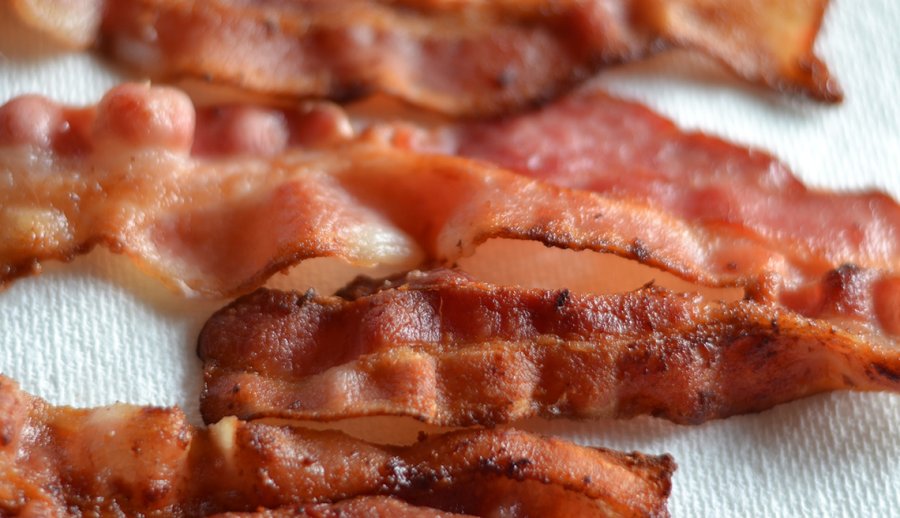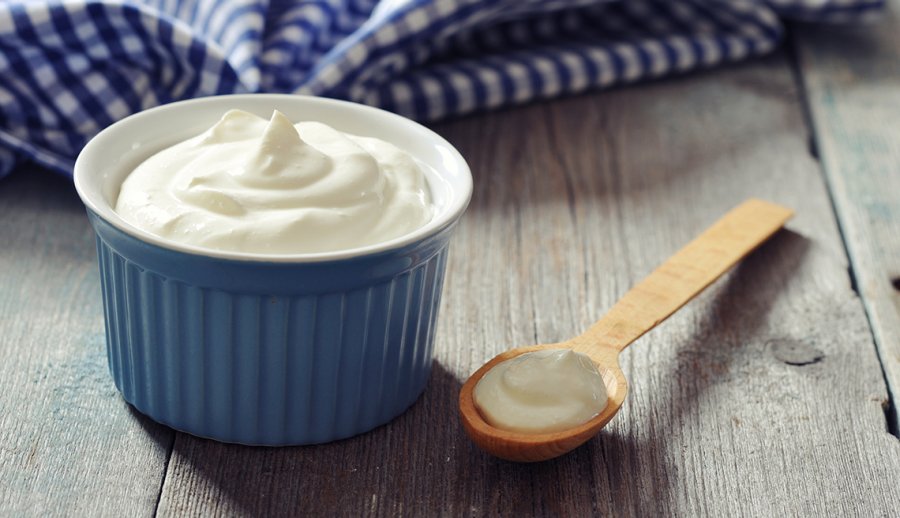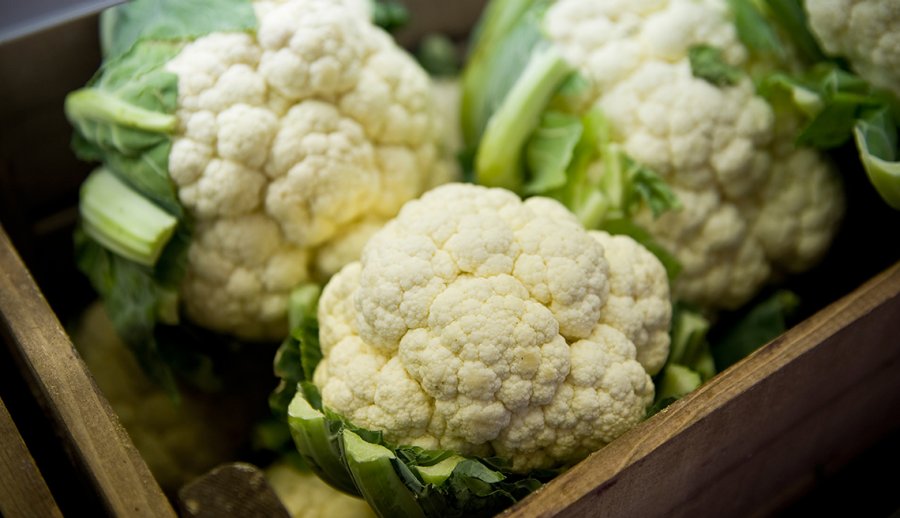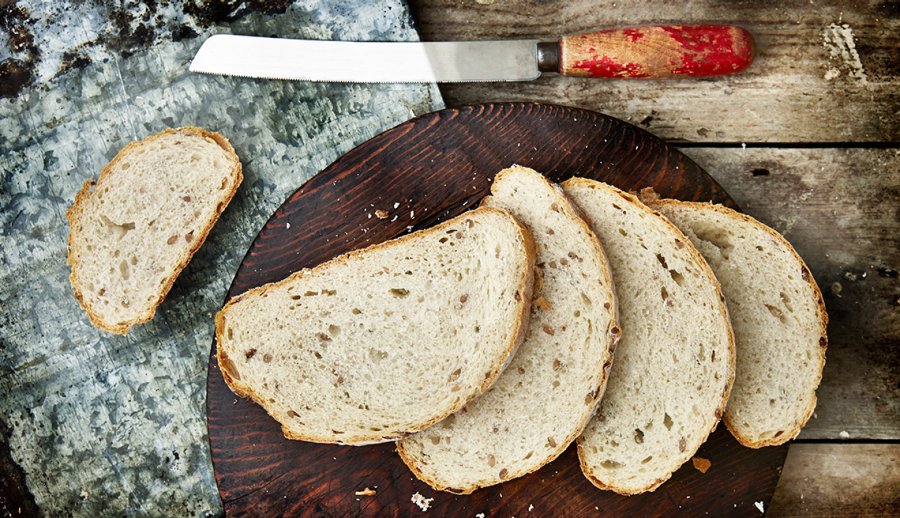In English | You may be eating all the appropriate foods, but are you eating them incorrectly, without maximizing the health benefits? These are seven that you should consume differently:
1. Salads in bags: Beware of damaged leaves
The longer the salads remain in bags in the refrigerator, the more the salmonella risk of spoiled leaf juice increases. Researchers in the United Kingdom recently found that during five days of refrigeration, these juices increased the growth of salmonella bacteria by 110% more than normal levels. The most worrying thing is that consuming juices apparently improves the ability of salmonella to infect people. According to researchers, consumers should wash salad vegetables in bags before consuming them, even if the label specifies that they have been pre-washed.
2. Bacon: Cook it in the microwave
Cooking the bacon in a pan or iron until it is crispy can create nitrosamines, compounds that are carcinogenic, as established in animal tests. However, according to the Food Safety and Inspection Service of the Department of Agriculture, cooking bacon in the microwave creates much less of these chemical compounds. In addition, it has an advantage: it soils less. Place the bacon slices between several paper towels to absorb any splashes and cook for about a minute per slice. The bacon will be healthier and you won't need to clean a fatty pan.
3. White rice: Use oil, then cool it
Steamed is packed with starch that the body quickly converts to sugars. That is why its consumption is related to an increased risk of diabetes . But if you change the way you cook it, it can be much healthier. Sri Lankan researchers in 2015 discovered that adding only two teaspoons of coconut oil to the water in which a cup of rice is cooked, and then immediately cooling the cooked rice for twelve hours before reheating it makes the starch easy to digest a type that is digested slowly known as resistant starch, which the body does not convert into sugars. Oil and cooling also reduce the calories provided by rice.
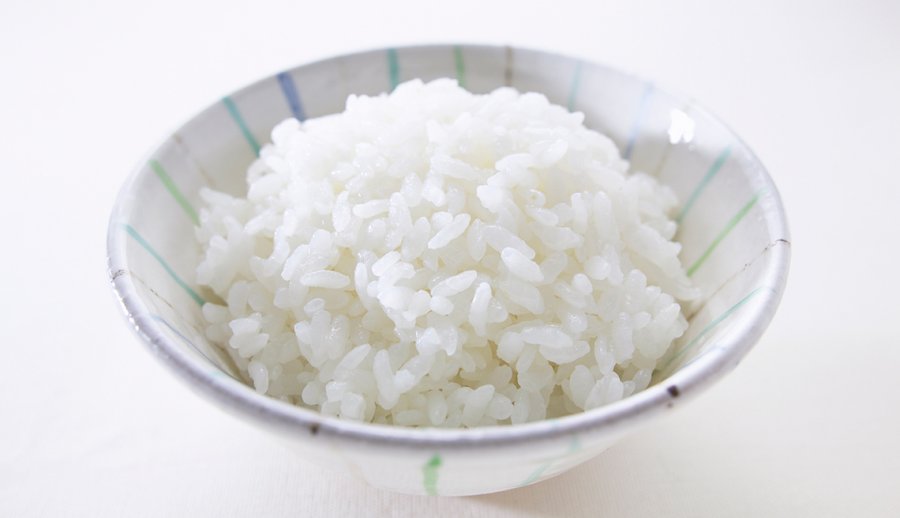 |
4. Carrots and red peppers: Better skip them
Cooking carrots and red peppers for a short time with a little oil allows the absorption of many more antioxidants than consuming them raw. According to a British study, the body absorbs approximately 11% beta-carotene from raw carrots, but 75% of sauteed carrots. Regarding red peppers, a 2012 study found that the minimum amount of vitamin C and beta-carotene is lost after skipping, compared to steaming or boiling them, which destroy them more: up to 60% of antioxidants are lost, in comparison with 18% when skipping them.
 |
5. Yogurt: Without whey? With whey!
That liquid that accumulates on yogurt and that you normally discard? Do not throw it away. Stir the yogurt to incorporate it again. The liquid is whey, which is produced when milk is heated and strained. If you throw it away, you are depriving yourself of its proteins, vitamin B12 and other healthy nutrients such as potassium and calcium.
6. Cauliflower: Don't microwave it
The best way to cook vegetables is in the microwave, because this method uses little or no water and vegetables are cooked quickly, which helps preserve nutrients. But there is an exception: cauliflower. According to a Spanish study, cauliflower loses more than 50% of its antioxidants when cooked in the microwave. The researchers found that baking, sautéing or cooking vegetables (except cauliflower) in the microwave produces the least loss of antioxidants, while boiling or cooking under pressure produces the greatest loss. So if you are preparing a cauliflower "rice", be sure to skip the cauliflower, do not cook it in the microwave.
7. Bread: Eat it last
Eating bread towards the end of the meal will have a healthier effect on your appetite and blood sugar level than eating it at the beginning of the meal on an empty stomach. According to a 2015 study published in Diabetes Care , the consumption of carbohydrates first (such as bread served in restaurants) suddenly and dramatically increases the level of blood sugar. Eating protein and vegetables first and then the bread results in 30 to 40% lower sugar levels for two hours after the meal, which can help you feel full longer.


